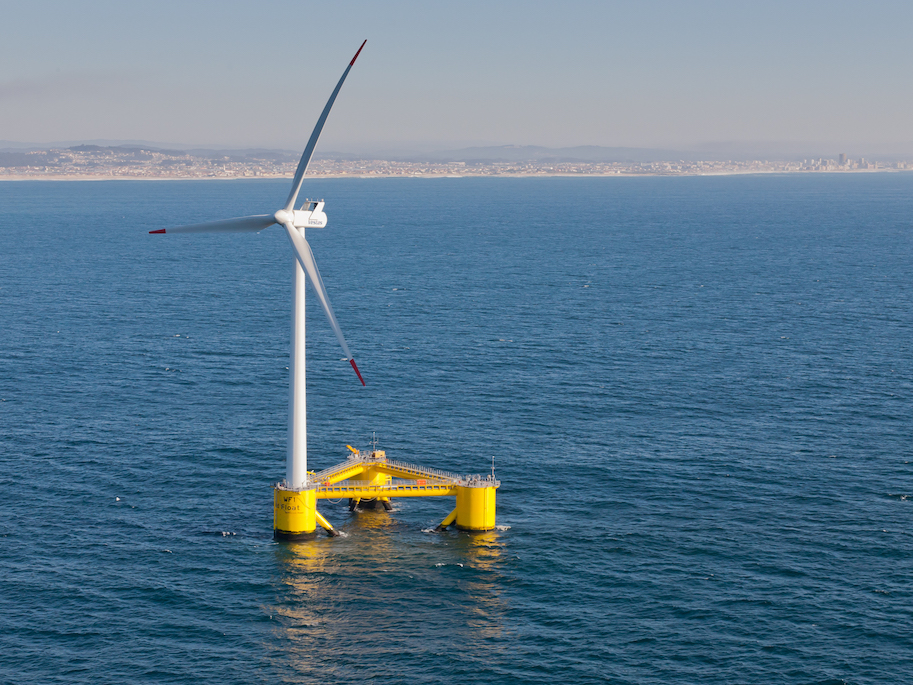Terra-Gen Critics Said We Should Wait for Offshore Wind, But Will That Project Spark an Even Nastier Debate?
Last month, under intense public pressure, the Humboldt County Board of Supervisors rejected the $300 million Humboldt Wind Energy Project, bringing a dramatic end to the most polarizing countywide policy debate this community has seen in years.
But if anyone thought we could sidestep controversy by moving wind energy proposals from land to sea, well, think again. In conversations with the Outpost, local and regional stakeholders expressed serious concerns about a range of issues, including conflicts with the fishing industry, impacts to birds and marine life and more.



